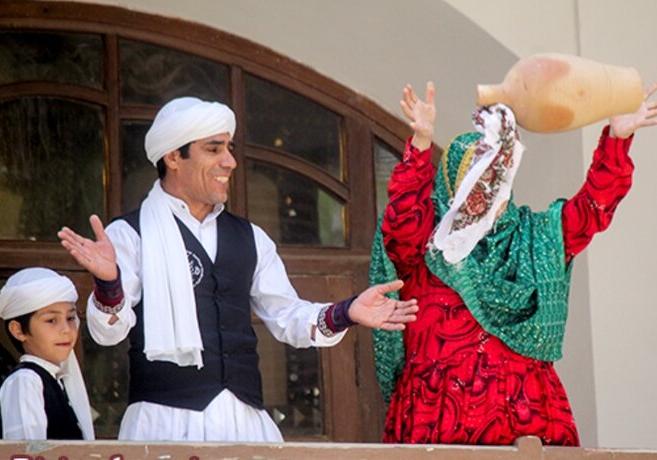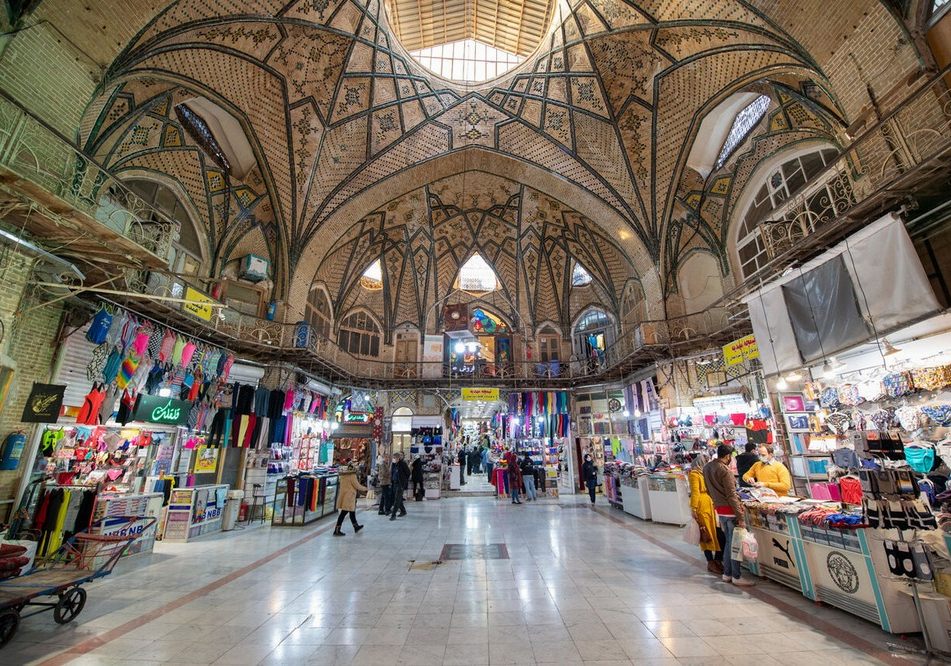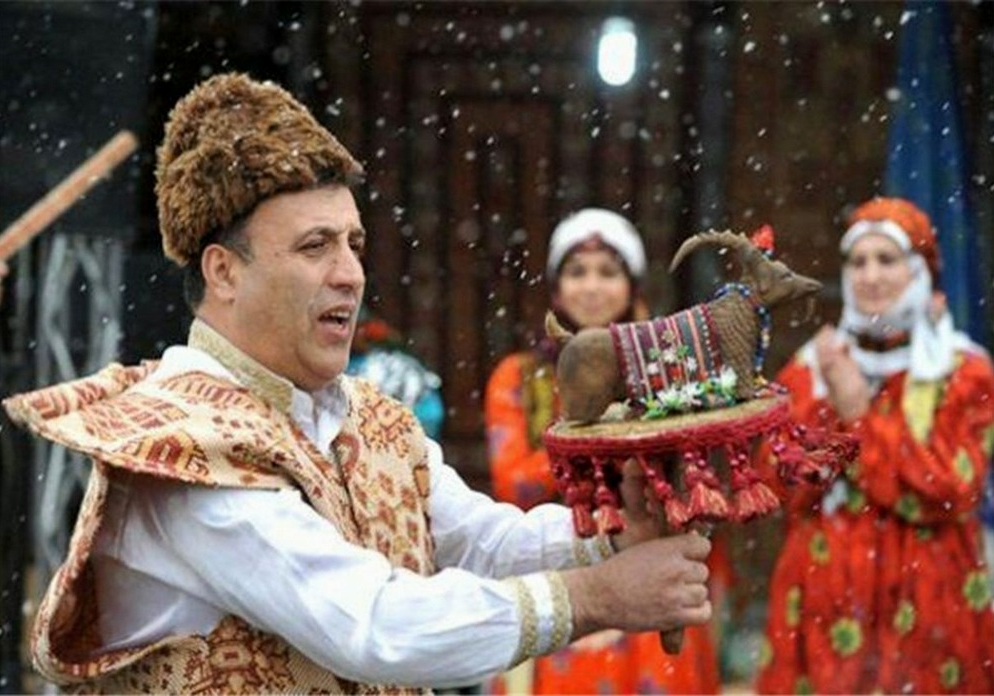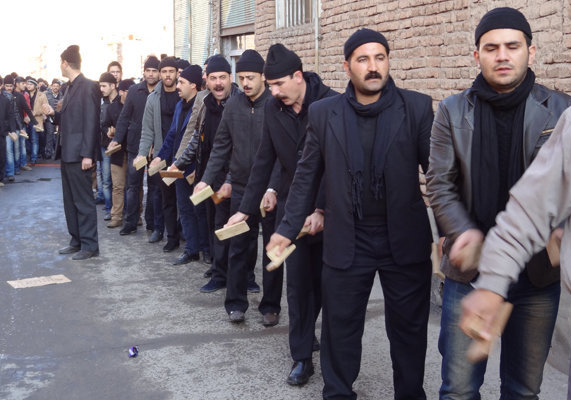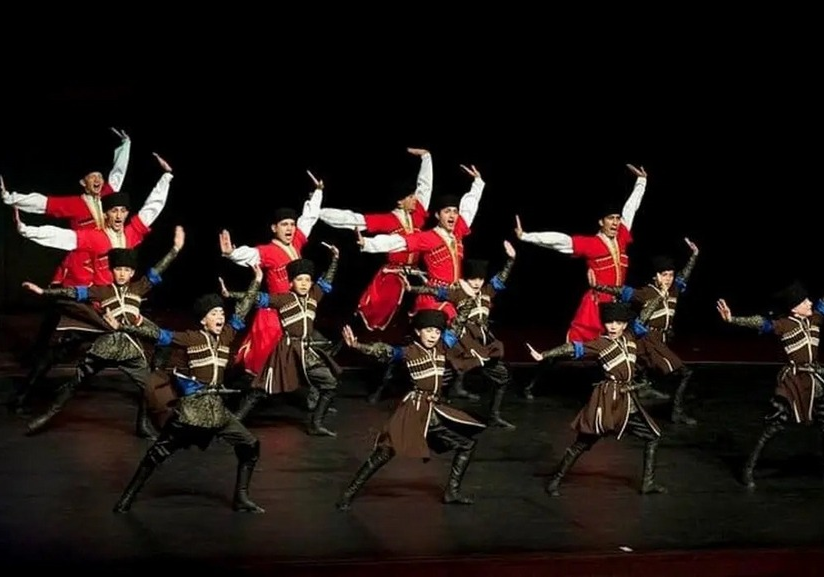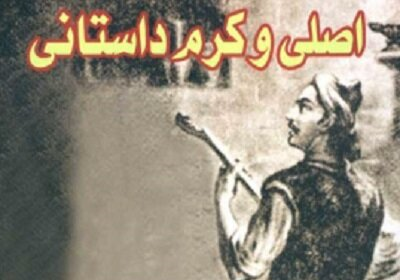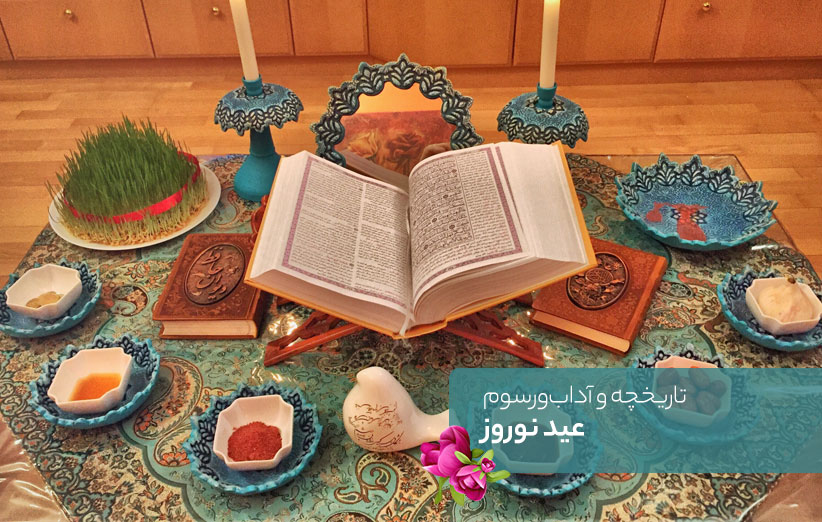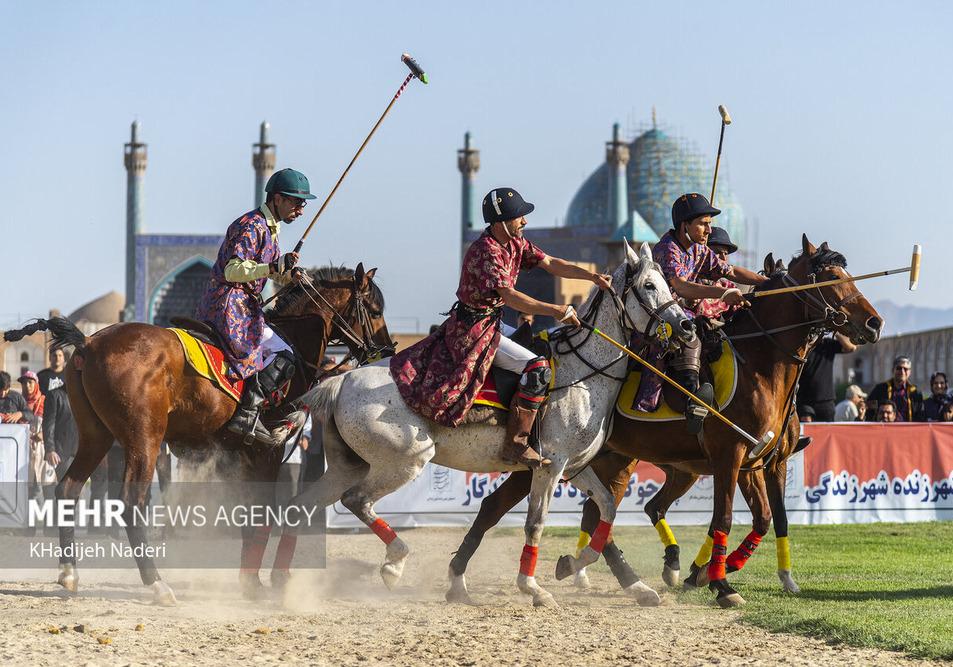
Eid al-Ghadir in Faragheh Village of Abarkuh
Abarkoh is a county in Yazd Province with a population of about 60 thousand people. This county is located in the southwest of Yazd Province and has an area of 5641 square kilometers. The height of Abarkuh is 1550 meters above sea level, and in terms of topography, it is a part of the eastern depression of the Zagros Mountain Range.
Abarkuh has a dry and desert climate, low levels of rainfall, and high temperatures in summer. However, Faragheh Village of this county has a mild climate, making it suitable for agriculture and horticulture. It is also considered one of the tourist destinations of Yazd Province and a recreation resort for the people of the region.
Population and Geography of Faragheh Village of Abarkuh
The population of Faragheh Village is a little over a thousand people. Its people speak the Persian language and have a special dialect called Faragheh dialect. According to some evidence, about 200 years ago, a number of Lor people migrated to this village, and for this reason, the dialect of the people of this village is somewhat similar to the Lori dialect. Most of the residents of the village are of Bakhtiari descent and are very kind and hospitable.
Faragheh is located at a distance of about 15 kilometers from the border of Fars Province. The village has a total area of about 62 hectares. The entry of underground water from the northern cities of Fars Province to this village has boosted its agriculture. Apricots and plums are the two main products of Faragheh.
Sightseeing Places of Faragheh
Sarv-e Ali is one of the famous places in Faragheh, which is considered a holy place. Presently, a building with several rooms has been built in this place, which is used on religious occasions.
The other sightseeing places of Faragheh include the castles of Sadeghabad, Khosrowabad, Jalalabad, Shahrabad, Rostamabad, Qasemabad, Rahimabad (Lahmian), Gashar, the Lahmian dam, and the old houses of this village.
Customs observed on the Day of Eid al-Ghadir
One of the most important customs of the people of Faragheh is celebrating Eid al-Ghadir; the day, the Prophet of Islam (PBUH) announced Imam Ali ibn Abi Talib (AS) as his successor. The people of the village believe that on this day they should only celebrate and forget about their daily affairs. According to the people of Faragheh, it is not appropriate to do household tasks on this day.
On the day of Eid al-Ghadir, the people of Faragheh bake a sweet called Kamaj and to make it taste better they use grape syrup instead of sugar and add cumin and cinnamon to it. Another type of delicacy that is customary to cook on Eid al-Ghadir is Yukheh or Thiri bread.
The milk received from the village cattle on this day is not sold and it is given on nazr because the people of this village believe that this nazr will increase the blessings of their livestock. The use of agricultural water on this day is associated with the payment of an arbitrary amount as charity. This amount is paid to the village headman to be used in charity works or distributed among the poor.
Having the Weddings and Naming Babies on This Day
The people of Faraghe believe that the best day for weddings and naming babies is Eid al-Ghadir. A ceremony called Hanabandan is performed on the day of Eid for young couples. In this ceremony, the groom’s family goes to the bride’s house with a bag of henna, fine clothes, sugar cubes, some sweets, and candy, and the most senior member of the family puts some henna on the right hand of the bride and groom and the rest is distributed among the close relatives. The people of Faragheh believe that Hanabandan brings happiness and blessings to the life of the bride and groom and removes sadness from them.
Selecting names for newborns is another custom of this day. Those who have a son, choose the name Ali or one of Imam Ali ibn Abi Talib’s nicknames for their children on this day. Those who have a daughter name her after Hazrat Fatima, the daughter of the Holy Prophet of Islam, or choose one of her nicknames for their baby girls.
| Name | Eid al-Ghadir in Faragheh Village of Abarkuh |
| Country | Iran |
| State | Yazd |
| City | Abarkuh |
| Type | Religious |
| Registration | No registration |

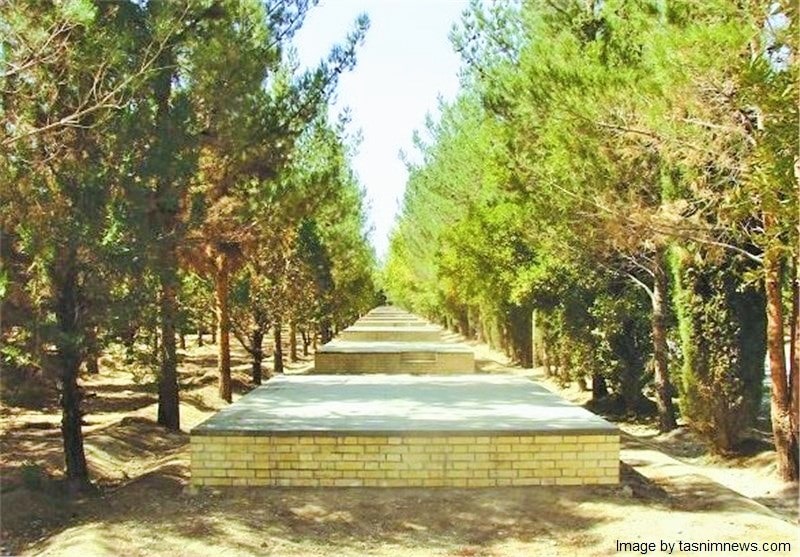
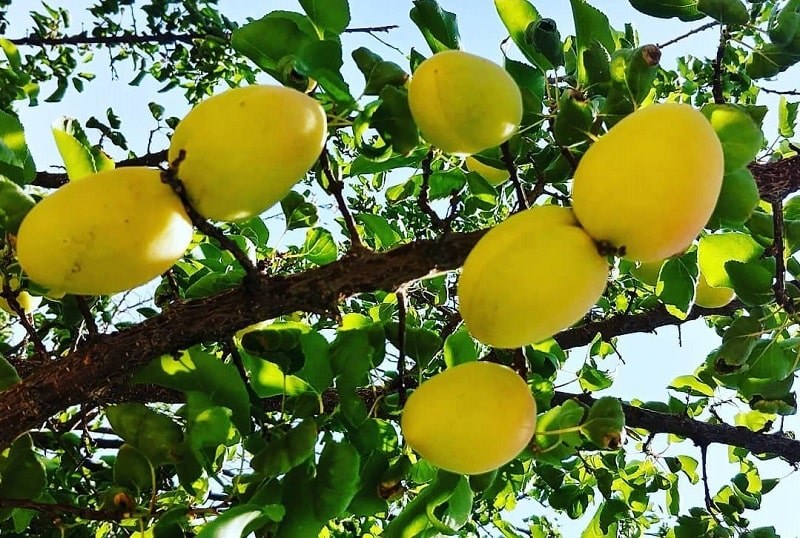



Choose blindless
Red blindless Green blindless Blue blindless Red hard to see Green hard to see Blue hard to see Monochrome Special MonochromeFont size change:
Change word spacing:
Change line height:
Change mouse type:

